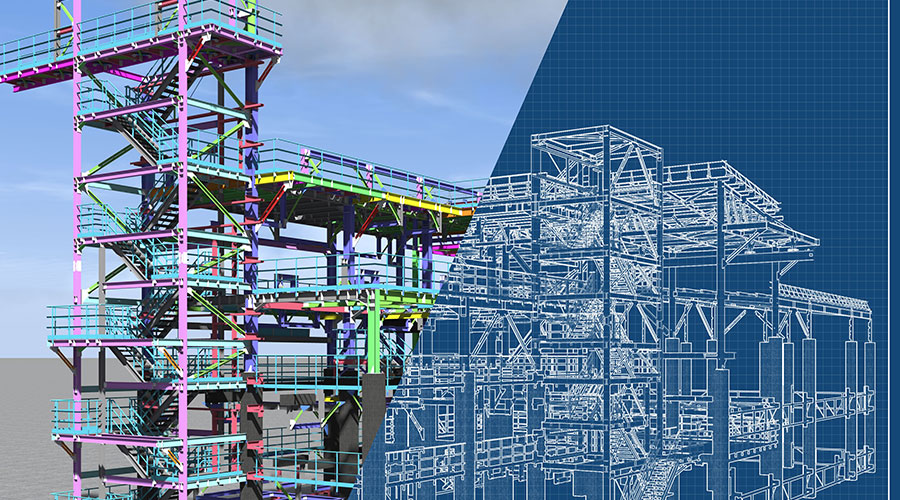Maintenance at Large
The three perennial challenges in preparing a maintenance and engineering department budget are forecasting labor, material and overhead costs. Success in getting these resources approved makes a manager’s day — and year.
Labor costs are based on optimum staffing and result directly from accurate workload forecasts. Material costs are a function of optimum material stores inventory and must be kept low, consistent with high parts availability when needed. Forecasting overhead costs is based on labor and material forecasts. If the first two are inaccurate, they invariably lead to under- or overstated overhead costs.
Managers should consider two key benefits of a well-organized computerized maintenance management system (CMMS) in the budgeting process:
Accuracy. Planning work on well-written work orders, based on engineered standards to catch the five brass rings of maintenance work order completion — quality, quantity, timeliness, safety and reasonable cost — demands accuracy. So attention to detail in planning the CMMS work-order content is critical. Most departments don’t have the right ratio of planners to technicians — 1:20-30 — and technicians do a great deal of work without work orders.
Using available CMMS work-order processes more fully and having accurate, planned times for performance control generally raise and perpetuate high productivity, document well-used funds, and make budgets more accurate. If CMMS reports show accurate backlog of work by skill — electrical, mechanical, structural — and by type — routine, emergency, PM and project — managers can forecast the number of workers to budget for.
Streamlined inventory. Tests show that, compared to manual inventory control, a bar-coded material control system using a CMMS material module and laser scanners can reduce stock-room-withdrawal transaction time from 20 minutes to a few minutes, freeing up time for more work. Radio-frequency ID tags on key hard-to-find spares reduce hunting time.
A well-trained planner can set up a material portal on the Web to reduce order costs and lead times, forecasting material use so that ordering doesn’t take place too early. Managers will have much less play-it-safe and obsolete stock. These improvements in material stores methods can increase inventory accuracy to more than 99 percent, lower inventory cost and ensure material availability.
Managers know that getting approval for maintenance and engineering investments requires a sound business case, one that is well-documented and convincingly expressed. Maintenance investment forecasts begin with an accurate forecast of workload, materials and overhead.
They can use the CMMS to assess department strengths and weaknesses. Continuous improvement, based on CMMS report analysis and follow-up action, can reduce costs and increase both efficiency and effectiveness. This strategy can result in savings that are two to four times greater than the investment, with a 12- to 18-month break-even point.
Smart managers insist on accurate CMMS data related to building and equipment history, which results from recording all work on well-planned work orders. When completed, these work orders provide location and equipment cost records.
The more backup to support the budget forecasts and the projected return on method improvement investment, the better the chances of success, and the better the chances of staying within the budget, documenting savings and cost reductions, and enjoying the confidence of higher management. Those are very attractive short-term returns.
Related Topics:











